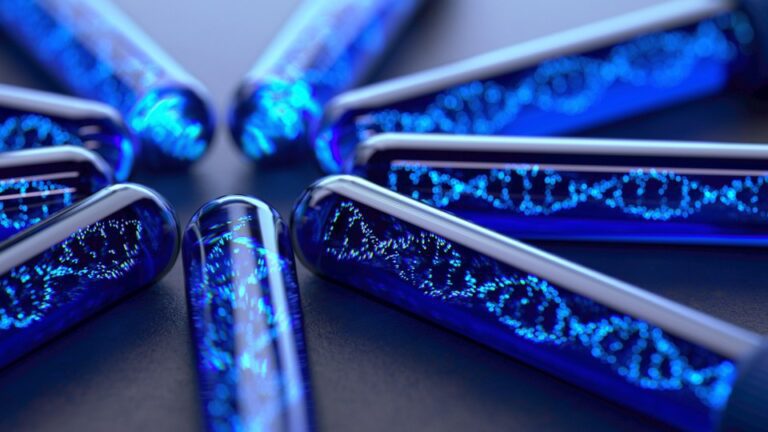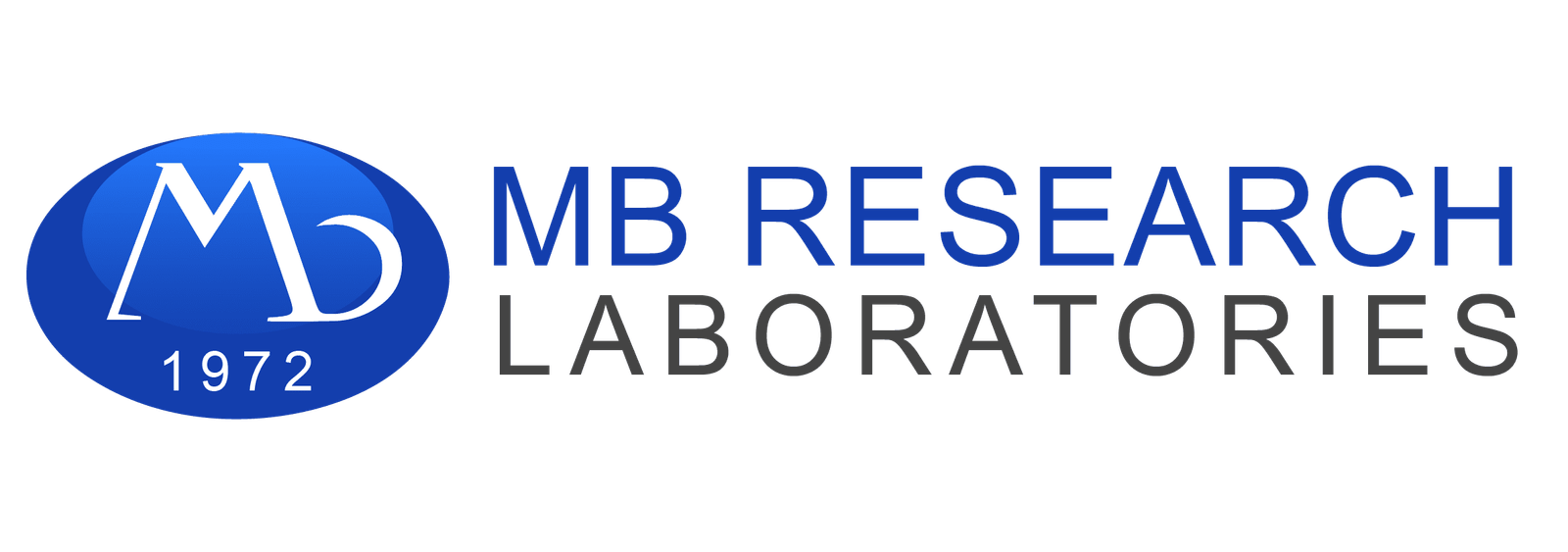
OECD TG 471: The Bacterial Reverse Mutation Test
(Ames Test)
The animal-free gold standard for initial genotoxicity screening
Contact Us - Get A Quote
The OECD Test Guideline (TG) 471, commonly known as the Ames Test, is a cornerstone in genetic toxicology. Developed by Dr. Bruce Ames in the 1970s, this test provides a simple, reliable, and cost-effective method to detect mutagenic potential of chemical substances by mutations in bacteria. It plays a vital role in the safety assessments of a large variety of test substances and industries.
Understanding the Ames Test
How the Assay Works
The Ames Test uses mutant strains of Salmonella typhimurium and Escherichia coli that are unable to synthesize certain essential amino acids (e.g., histidine or tryptophan). When exposed to a mutagenic substance, mutations may restore the bacteria's ability to grow in a medium lacking that amino acid.
Evaluation
Growth is measured via colony counting, which indicates whether the test substance causes mutations in bacterial DNA. The colony counts of the test-article-treated plates are related to the colony counts of vehicle-control-treated plates, and then they are analyzed to determine mutagenicity.
Endpoints
The Ames Test further investigates whether metabolic activation potentiates the mutagenicity of a test article. Metabolic potentiation is achieved by addition of liver microsomes to the test article prior to addition to the bacterial culture.
OECD TG 471 Protocol
At least five strains are used:
- Salmonella typhimurium: TA98, TA100, TA1535, TA1537, TA102, TA97, TA97a
- Escherichia coli: WP2 uvrA or WP2 uvrA(pKM101)
Each strain is sensitive to specific types of mutations (e.g., frameshifts, base-pair
substitutions, etc).
Some test substances require metabolic conversion to become mutagenic. TG 471
incorporates an S9 mix (typically rat liver enzymes) to mimic mammalian metabolism.
The two main methods are used:
- Plate incorporation: The bacteria, test chemical, agar, and S9 mix are added
directly to minimal glucose agar plates, following mixing. - Pre-incubation: The bacteria, S9, and test substance mixture is incubated
before being mixed with agar and plated to enhance sensitivity.
- Positive controls which ensure the test system can detect mutations.
- Negative (vehicle) controls validate the baseline reversion rate.
There are two main criteria used to determine positive results:
- Concentration-related increase over the range tested.
- Reproducible increase at one or more concentrations in the number of revertant
colonies per plate in at least one strain with or without metabolic activation
system




Relevance of the Ames Test
The Ames Test is often part of regulatory toxicology batteries such as:
- An addition to the EPA 6-Pack for industrial chemical screening
- ICH guidelines for pharmaceuticals
- REACH regulations in the EU
It is also integrated into New Approach Methodologies (NAMs) for reducing animal use in toxicology.
Advantages
- Rapid and inexpensive
- High sensitivity
- Established historical control data
- Accepted by regulatory agencies worldwide
Limitations
- Limited to gene mutations (not chromosomal)
- May miss some mammalian-specific mutagens
- False positives possible due to bacterial-specific metabolism
